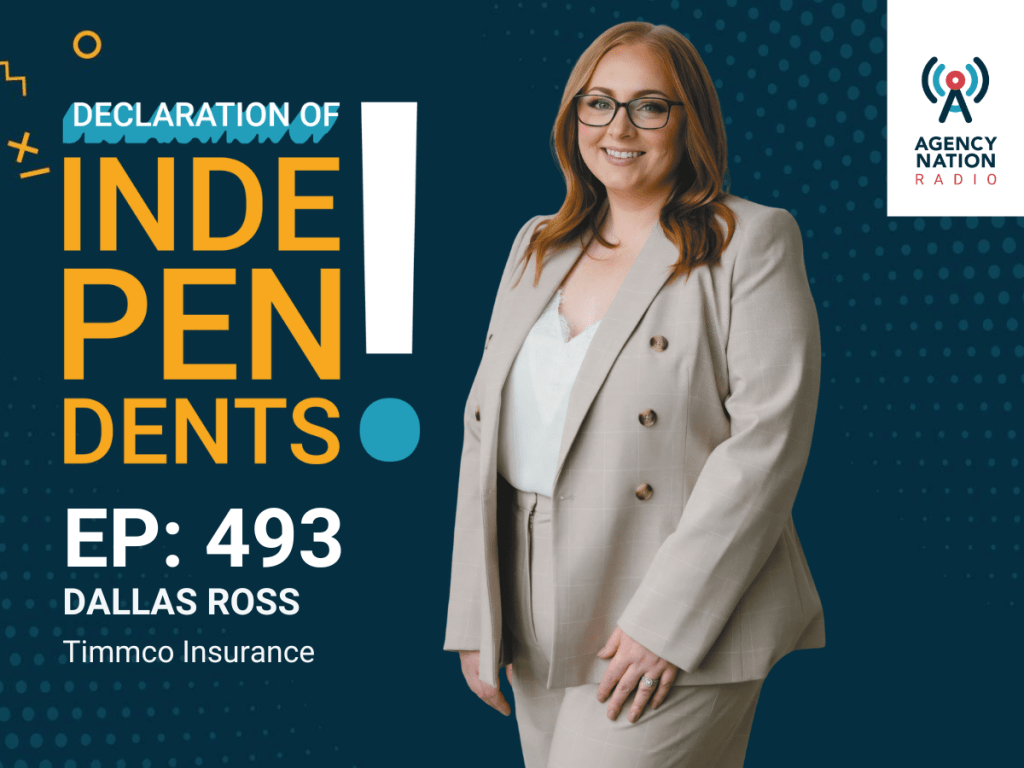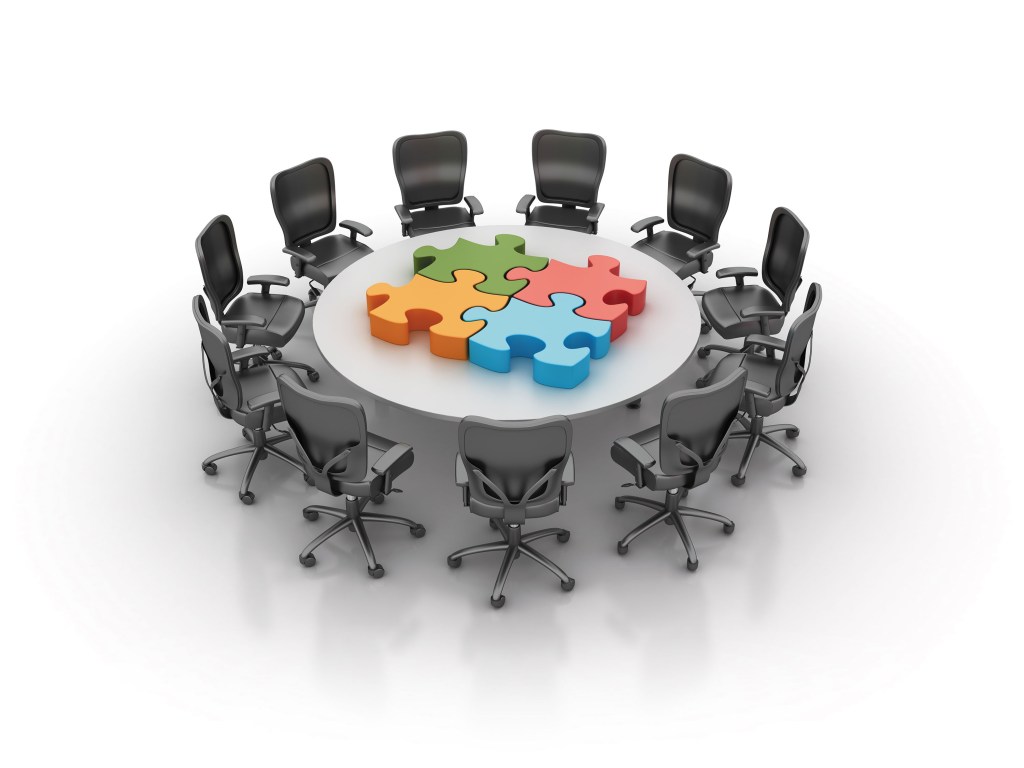Friendly Competition Can Make Business Ideas Stick
By: Kevin Ament
| You have a great idea that can really change things for your agency. You understand it inside and out. Now, you just need your staff to comprehend it, care about it and commit to it. So you call everyone into the conference room and present the idea. But instead of engagement and enthusiasm, you get puzzled looks, blank stares and a heavy, heavy sense of, “Oh great…he’s giving us just one more thing to do.” So, how do you get your team to rise to the occasion when you have a really important objective? How do you help your team members to comprehend, care and commit—even when they already have full workloads? Try making a game of it. No, I’m not talking about a boondoggle. I’m talking about a proven approach used by educators, the military and businesses large and small. The fact is, games can have a positive impact on your staff’s productivity and your bottom line. We’re doing more and more with games at Progressive, relying on them to help motivate consumer and employee behavior; driving sales and rallying the troops around important business objectives. And yes, we’ve even used games with our local independent agents. Games don’t have to be overly complex or highly reliant on technology. A simple incentive—where everyone logs sales on a white board for the chance to win a prize—can be as effective at motivating people and driving results as a Web-based game backed by thousands of hours of programming time. Here are a few principles we follow when developing games to motivate and drive behavior. Make it simple. Start with an objective. Are you looking to increase sales, shorten call times, cross-sell existing customers or boost retention? Then specify the behavior that’ll impact that objective and create a game to reward that behavior. Make the game part of your staff’s workflow and watch that it doesn’t add extra work. Provide some kind of leaderboard that’s easy to access or see and digest—it’s important for everyone to know the score. Use simple rewards, like badges or graduation to new levels, as intermediate prizes. Make it fun. The workplace has come a long way since Henry Ford first lined up Model T parts and told his employees to “get to it!” Today, leading companies like Google are famous for interjecting fun and games into the workplace, claiming less-stressed employees are more productive. Who can argue with a company whose stock price has risen nearly tenfold since going public nine years ago? Granted, few companies have Google-like resources and scale. But simply adding a little fun and festivity to the work environment can increase satisfaction and employee retention. Allow time for mental breaks and give employees ways to stay engaged and on-message while still having fun. Simple fun can also be a tool to move the needle on specific business objectives. Make it social. A little friendly competition can go a long way, creating a buzz about your game that will have employees talking—and participating. It also creates a multiplier for your message; peers talk to each other about the game and, therefore, your message. And those peer reviews build credibility. Give employees outlets to share their successes and post the results for everyone to see. This might be online on a closed group social media page (they’re very easy to set up on Facebook, or you can use one of the many free Web-forum tools) or by simply hanging up a leaderboard in the break room. Games can help create a tangible asset out of an otherwise intangible concept, making it fun and easier to digest for employees. Try implementing a friendly competition in your agency the next time you introduce a new idea, and see how it can help your team comprehend, care and commit, improve results and increase satisfaction. Kevin Ament is director of communications at Progressive Insurance. |










